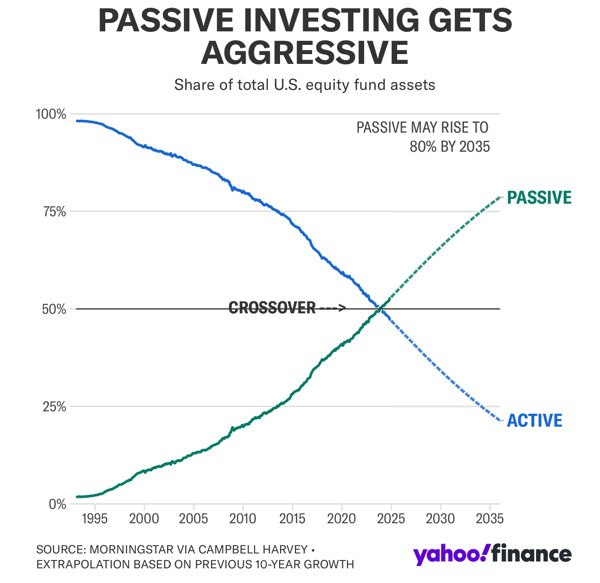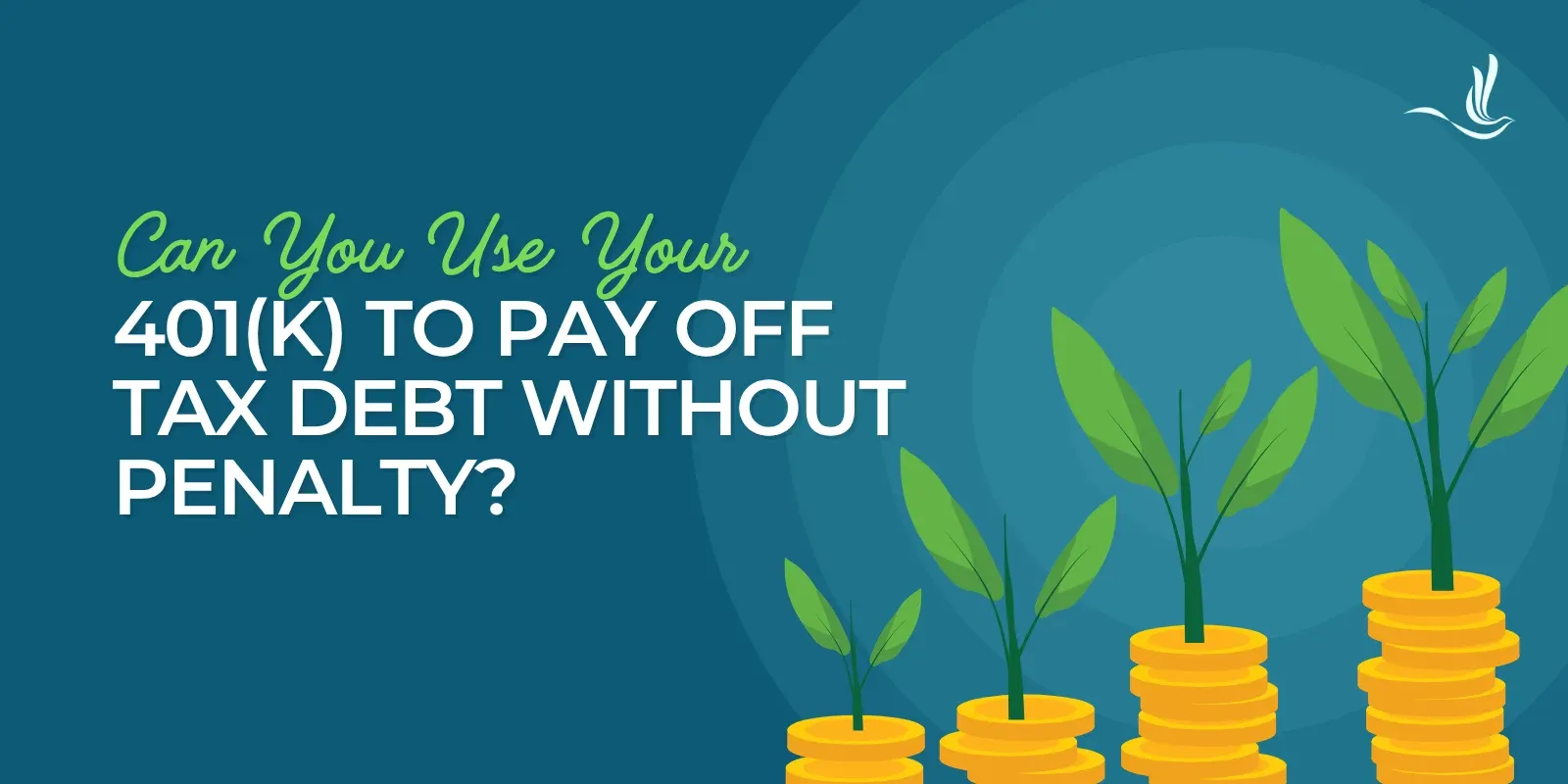The reason that low-cost index funds continue to grow in popularity each year is simple – they make you more money! If Wall Street could figure out how to make you more money reliably with their sheer skill and then charge you for a little sliver of that skill, then of course they’d prefer to do that. Passive funds took their market share as a result of merit, not marketing. Chart above via Yahoo Finance.
Jeffrey Ptak of Morningstar continues to share the most recent evidence that costs matter.
In this Morningstar article, he shares a chart (see above) of “Average Forward Net Excess Return” sorted by fee grouping over 5-year rolling periods.
What I found buttresses Russ’ original findings and subsequent research he’s done on the topic: Expenses excelled at predicting funds’ performance. To illustrate, here are funds’ forward average excess net returns (versus their average peer) over all rolling five-year periods between Jan. 1, 2005, and Dec. 31, 2024, sorted by fee grouping.
In his personal Substack, Ptak shares a similar chart over different time periods of 1-year to 15-years.
The relationship is very clear. Sure, there are a few outliers (although hardly any consistent outliers over time), but as a whole, you absolutely do not “get what you pay for” with fund and ETF expense ratios. On the whole, the more you pay in expenses, the worse the performance you get in return.
Disclaimer: This story is auto-aggregated by a computer program and has not been created or edited by finopulse.
Publisher: Source link







